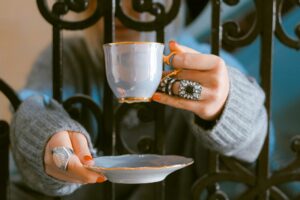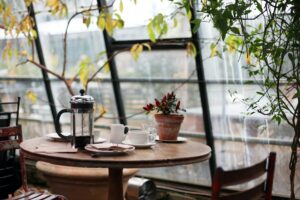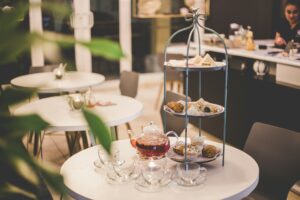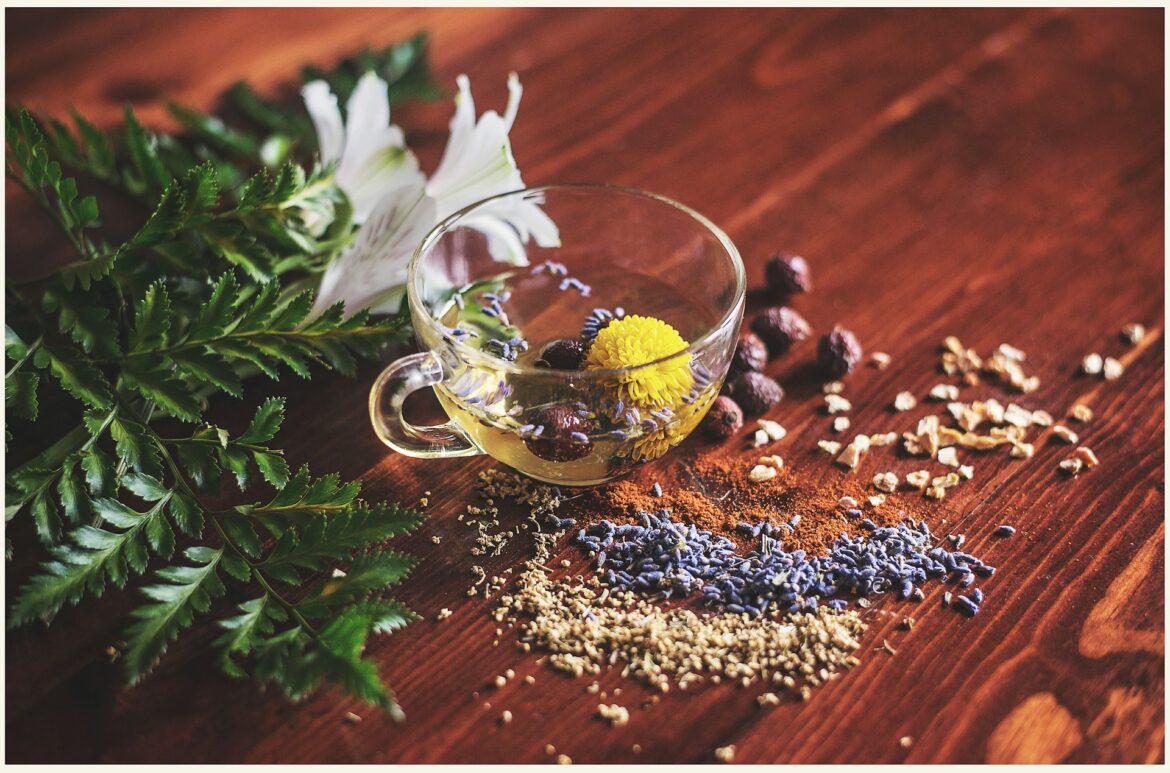London has a unique energy that makes every corner worth exploring. Amidst all these things, tea rooms in London have carved a special place in the city’s heart, offering a space for people to relax, connect, and enjoy a warm cup of tea. No matter if it’s a quiet morning brew or an elegant afternoon tea, the tradition of tea is deeply part of London life.
Tea rooms in London go beyond the drink; they are about the experience. These spots have become social hubs where friends, family, and even business associates gather. It’s a chance to take a break from the busy city life and indulge in a moment of calm. The ritual of sipping tea, paired with delicate treats, has become a symbol of London’s charm, and it’s no surprise that locals and tourists alike continue to seek out these spaces.
The History of Tea Rooms in London
The story of tea rooms in London began in the 17th century, shortly after tea was introduced to Britain. At first, tea was a luxury enjoyed mostly by the upper class, who would host gatherings to showcase their refined tastes. These events were often held in private homes, with elaborate setups featuring fine china and delicate teapots. But as the love for tea grew, it sparked the creation of public spaces where people could come together and enjoy a cup. This was the beginning of tea rooms in London, which quickly became a part of the city’s social fabric.
The first tea rooms in London were elegant and formal, often designed to mirror the grandeur of private tea services. By the 18th century, tea had become more affordable, and tea rooms started popping up across the city. They offered a new kind of social space, one where people could gather without the formality of a private setting. Women, in particular, found tea rooms in London to be welcoming places where they could meet friends and socialize outside the home. Unlike pubs, which were male-dominated spaces, these tea rooms offered a more inclusive environment for everyone to enjoy.
One of the key moments in the history of tea rooms in London came with the rise of afternoon tea. Introduced by Anna, the Duchess of Bedford, in the early 19th century, afternoon tea was a way to fill the gap between lunch and dinner. It quickly became a fashionable trend, and tea rooms across the city began to offer special menus that included not just tea, but also light snacks like sandwiches, scones, and cakes. This shift made tea rooms more than just a place for a drink; they became destinations for an entire experience.

Selecting Quality Tea: What to Look For
Choosing the right tea is the first step to enjoying a perfect cup, and there are a few simple tips to keep in mind when selecting quality tea. The most obvious choice is between loose-leaf and bagged tea. Loose-leaf teas tend to offer a richer, fuller flavor because the leaves are less processed and have more room to expand when steeped. Bagged teas are often made with smaller, broken leaves, which can result in a less robust taste. For those who want to truly appreciate the complexity of tea, loose-leaf is usually the better option.
When it comes to flavor, the origin of the tea plays a huge role. Different regions produce distinct types of tea, each with its own unique characteristics. For example, Darjeeling teas from India are known for their light, floral notes, while Chinese green teas are often more grassy and fresh. If you’re looking for a stronger, malty flavor, consider black teas from Assam. Understanding where your tea comes from can help you pick a variety that suits your taste preferences.
Freshness is another key factor to consider. Good quality tea should be aromatic, with a scent that matches its flavor. If the tea smells stale or weak, it’s likely old and won’t brew well. It’s best to buy smaller quantities of tea to ensure you’re always using fresh leaves. Storing it properly—away from light, heat, and moisture—will also help maintain its flavor. An airtight container kept in a cool, dark place is ideal for keeping tea fresh.

Brewing Techniques for the Perfect Cup
Brewing tea may seem simple, but getting it right can make a huge difference in flavor. The first step is to pay attention to the water. Always use fresh, cold water because it has more oxygen, which helps bring out the tea’s taste. Tap water can sometimes add unwanted flavors, so if possible, use filtered or spring water for the best results. Bring the water to a boil, but don’t let it over-boil, as this can cause the water to lose oxygen, affecting the tea’s flavor.
Different types of tea require different water temperatures. For black teas, water should be just off the boil, around 95°C (203°F). Green and white teas are more delicate and need cooler water, between 70-80°C (158-176°F). Using water that’s too hot can make these teas taste bitter. Herbal teas are more forgiving and can be brewed with boiling water. Paying attention to the right temperature will help bring out the best qualities of each type of tea.
Steeping time is also crucial. Over-steeping can make the tea taste harsh and bitter, while under-steeping can result in a weak, bland cup. For black teas, steeping for 3-5 minutes is ideal. Green teas need less time, around 2-3 minutes, while herbal teas can be steeped longer, usually 5-7 minutes, to extract their full flavor.
Lastly, choose the right equipment. Loose-leaf teas need space to expand, so using a teapot with a strainer or an infuser with enough room will allow the leaves to open fully and release their flavors. For convenience, tea bags are easy, but make sure they are large enough to let the tea move around. Once you’ve brewed your tea, enjoy it while it’s still fresh and hot.

Tea Rooms in London: A Londoner’s Perspective on Etiquette
Tea etiquette in London has been shaped over centuries, turning tea time into a refined and cherished ritual. While the rules are not as strict as they once were, knowing a few basic guidelines can make the experience more enjoyable. The most common setting is the classic afternoon tea, which includes finger sandwiches, scones, and pastries served on a tiered stand. Traditionally, tea is poured by the host, and guests are served in a relaxed yet elegant manner, emphasizing politeness and courtesy.
When pouring tea, there’s a specific order to follow. If using loose-leaf tea, it should be steeped for the right amount of time and then poured through a strainer. The general rule is to pour the tea first, followed by milk if desired. Stir gently, without clinking the spoon against the cup, and place the spoon on the saucer once done.
How you hold your teacup matters too. Proper etiquette suggests holding the cup by the handle using your thumb and forefinger, while the middle finger supports the base. Avoid sticking out your pinky finger, as this is unnecessary and a bit of a myth. Sipping quietly without slurping shows respect for the shared experience, allowing everyone to enjoy the moment without distractions.
Finally, there are someguidelines for enjoying the treats that come with tea. Start with the savory items, like sandwiches, before moving on to scones. When eating scones, it’s customary to break them apart with your hands rather than cutting them with a knife. Spread a bit of jam and clotted cream on each half before taking a bite. The order of cream and jam can vary, but the key is to savor the process at a leisurely pace.

Experience London’s Culture with a Food Tour
London’s tea culture is a window into the city’s history, traditions, and way of life. Understanding the art of selecting quality tea, mastering the right brewing techniques, and following classic tea etiquette adds to the joy of the experience. While you can find plenty of places to enjoy a perfect cup of tea, there’s more to explore beyond just the drink.
If you’re looking to dive deeper into London’s culinary culture, joining a food tour is a great way to do it. Our tours offer a chance to taste the best of what the city has to offer, from traditional English fare to hidden gems that you might not find on your own. You’ll get to see how the locals enjoy their food and drink, visit iconic spots, and hear the stories behind the dishes that make London’s food scene so unique.
Experiencing London through a food tour also means you can explore the neighborhoods that give the city its character. From trendy markets to historic streets, each stop tells a story about London’s diverse culture and tastes. And of course, no tour would be complete without a chance to enjoy a proper cup of tea.
So why not join us on a journey through London’s flavors? Book a food tour today and let us show you the best of this vibrant city, one bite—and one cup of tea—at a time.
